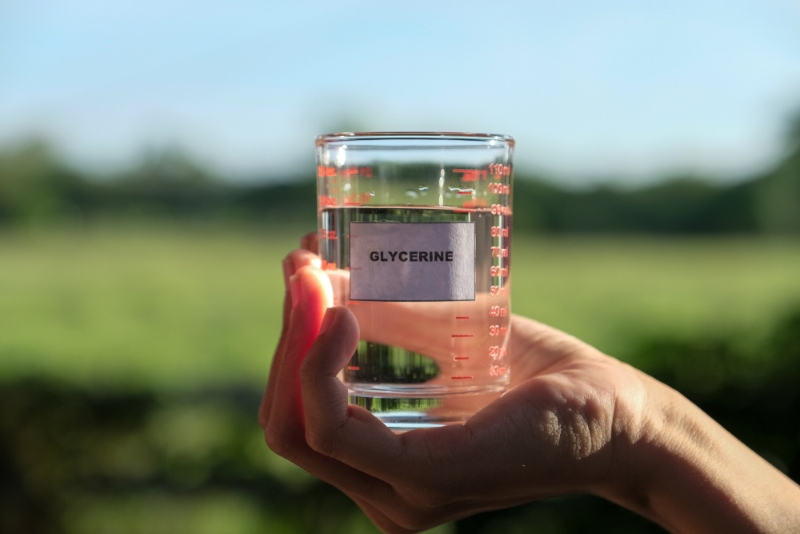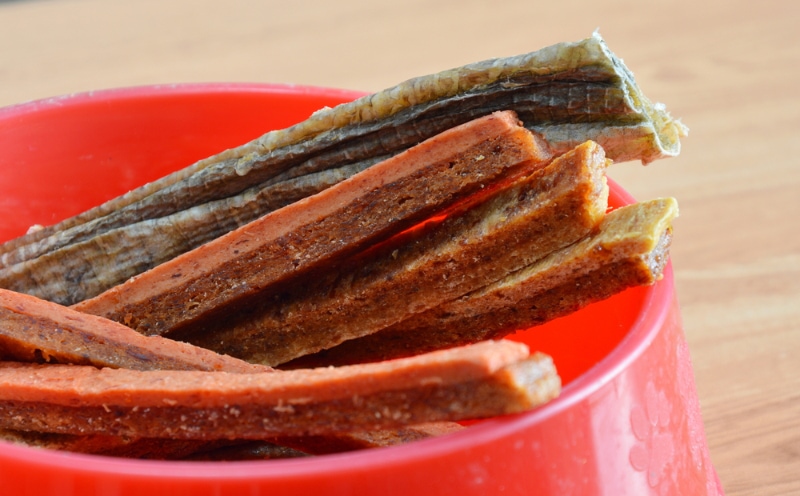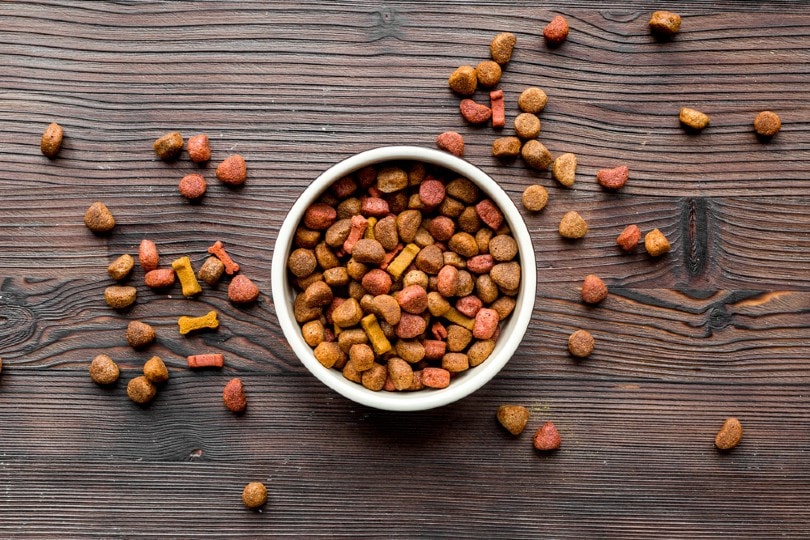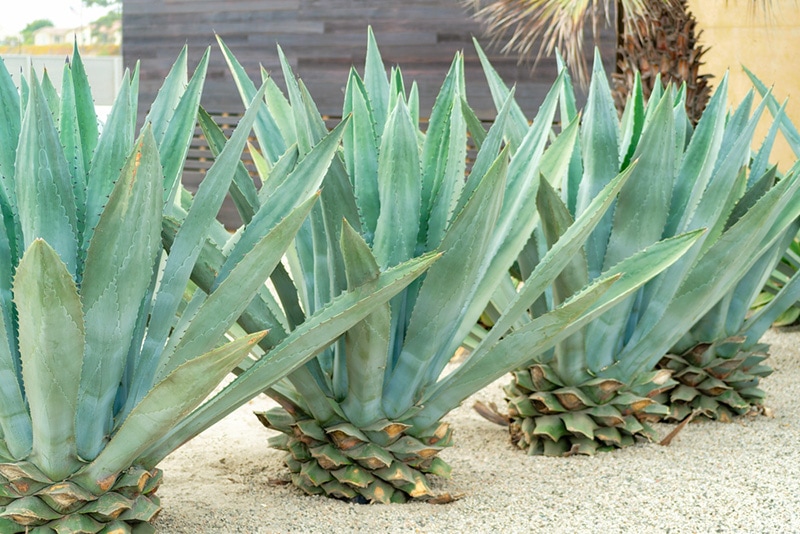We all know that one of the main keys to a healthy life in dogs is high-quality dog food. You look for ingredients such as whole meats and grains and make sure the diet is complete and balanced. One thing you may not be looking for is glycerin, but chances are you will find it in your dog’s food and treats.
Glycerin, or glycerol, as it is often called, is a sugar alcohol1. It occurs naturally in fermented food and as part of the breakdown of fats. It is also synthetically derived. It has a broad spectrum of uses in dog food, including binding water to keep foods from drying out and helping to achieve a desirable texture.
Whether or not it’s safe for dogs is a controversial issue. However, the FDA says that glycerin is safe when “used in accordance with good manufacturing practice.”2 So, where the glycerin is sourced from and how much a dog eats comes into play.

Uses for Glycerin
Glycerin is like the Swiss army knife for manufacturing. The chemical has many uses, from sweeteners to pharmaceutical products to vaping solutions. It also crosses the line into non-consumptive areas, such as racing fuel, fog machines, and was used in antifreeze. This disparity of uses has undoubtedly driven some of the concerns of consuming it. However, we can say the same about many ingredients.

Derivation From Biofuels
One unexpected source came to light with the production of biofuels. Typically, we get glycerin from plant fats, such as palm, coconut and soybeans. This chemical is also a byproduct of biodiesel3. Fortunately, this byproduct, crude glycerin, has shown potential for use in generators and as heating fuel. The increase in the production of biofuels is creating an excess of glycerin, sparking interest in new uses.
Interestingly, some include using this byproduct for livestock feeds4. The quality and purity vary depending on the method of production used, causing some glycerin to contain impurities such as soap, salts and alcohol, necessitating refinement before they can be widely used. More research is needed to determine its efficacy and applications, but you can probably see why a product used in these different ways may not be considered an optimal ingredient in your dog’s food.
The Tale of the Tainted Chicken Jerky Treats
Cases of dogs getting sick after eating chicken jerky treats began to surface in 2012. The Canadian Veterinary Medical Association and, later, the FDA got involved. The agency thoroughly investigated the matter, traveling to the product’s source in China. The inspectors determined that the company was using glycerin potentially sourced from a plant called Jatropha. This species is highly toxic and can cause GI distress and kidney damage if ingested.
This discovery led the FDA to issue a warning to manufacturers about Jatropha-derived ingredients in July 2012 that was updated in April 2014. The agency found no evidence these toxic ingredients made it into the US food supply chain. Furthermore, it encourages vigilance and close monitoring of production.
The takeaway is to read the ingredients label carefully for any foods or treats you offer your pet. Jatropha-derived ingredients have been associated with products from Indonesia, Malaysia, and China. The agency reassured the manufacturers that production is minimal but, nevertheless, warrants scrutiny.

Realistic Concerns About Glycerin
Chemicals used in manufacturing undergo intense testing, including toxicology. The many applications of glycerin have also made it a subject of much research that may offer further advice to dog owners about giving their pets food and treats with this ingredient. While it is considered safe by the FDA, that designation doesn’t cover other situations where you should avoid these products.
One small study looked at the effects of oral administration of glycerol on blood glucose levels in dogs. The researchers found that it significantly increased these concentrations. These findings suggest that glycerin-containing products may be inappropriate for diabetic canines since they can affect the blood glucose levels in this way. It’s important to note that the amount of glycerol given in this study was much higher than what your dog would receive from eating food or your treats containing glycerin. However, consult your veterinarian if you have any questions about this,
Toxicology testing revealed no adverse effects on DNA or cancer-causing properties. However, these data are from rats, rabbits, and guinea pigs. Remember that dogs or any animal can have an adverse reaction to any ingredient. Small amounts of glycerin can cause allergic reactions, albeit rarely for non-animal-based ingredients. It may also not agree with your dog and trigger nausea and vomiting.
Despite the potentially negative or questionable press that glycerin has received, it’s important to remember that it has been deemed non-toxic and safe for animals when sourced as food-grade and when used in proper concentrations. Unless your vet specifically warns against glycerin in your particular pet’s diet, it should be considered safe for them.

Final Thoughts
Glycerin is a widely used ingredient with many applications in various industries. Food-grade glycerin is deemed safe by the FDA, and preparations sourced from the United States pose the smallest risk to dogs. However, we strongly urge you to read the labels of any food you offer your pup. Don’t hesitate to contact the manufacturer to ask about sources. It’s your right as a consumer to know what they put in pet products.
Featured Image Credit: 279photo Studio, Shutterstock









